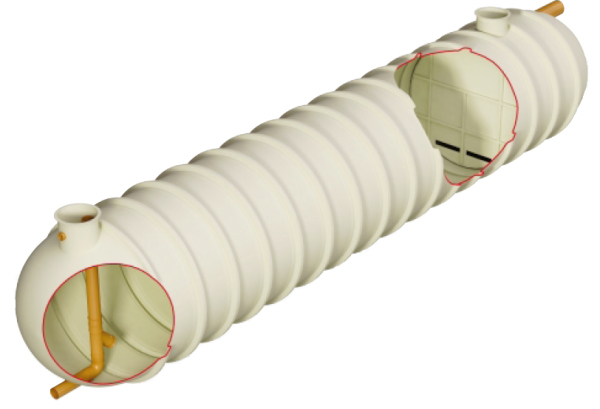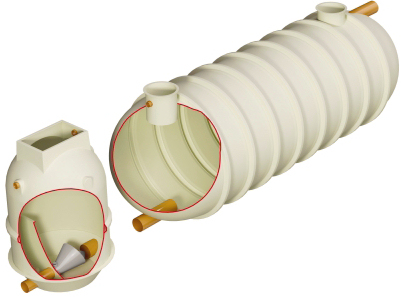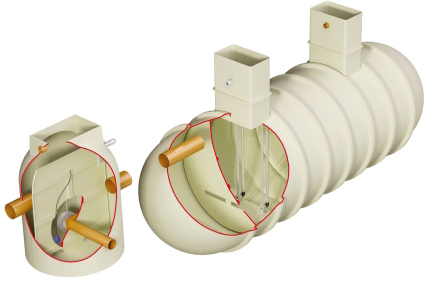Stormwater Attenuation
Managing the Stormwater Challenge
As more river valleys become developed with hard surfaces (paths, roads and roofed areas) the volume of rainwater that runs off the land increases.
This can have a severe effect in a watercourse where flash floods can occur downstream where the volume of water entering the system can be extremely high due to a cumulative effect of development upstream.
- Global warming has also had an impact on the level of rainfall, which has
gradually increased over the past few decades. This has accentuated the problem
of stormwater entering waterways.
- Flash floods along with rising sea levels have been responsible for some severe flooding in the UK in recent years. This has led to rising insurance claims and leaving some areas as blackspots where insurance against flood damage cannot be obtained.
Government Policy & Building Regulations
- Building Regulations Part H3
- Planning Policy Statement 3 (PPS3)
- Planning Policy Statement 25 (PPS25)
- CIRIA publications: 'The SUDS manual (C697)' and 'Site handbook for the construction of SUDS (C698)'

How Does An Attenuation System Work?
When the peak inflow rate in a storm exceeds the allowed discharge into the watercourse, the excess flow has to be 'attenuated' on the site for the duration of the storm. This is then released at, or less than, the allowed discharge rate after the storm.
To store the excess volume and allow the correct discharge rate to go to the watercourse, a flow regulator is installed to 'bleed off' the correct maximum flow rate. The flow regulator can be a vortex type system or a simple orifice plate system.
The remainder of the water is stored either in-line or off-line, depending on the design.
In-Line Attenuation Tanks
In-line systems allow the water to back up through the tank and drain by gravity through the flow regulator. This system is normally used for installations where a fall through the system of 2.5-2.6 metres (on a sloped site) can be accommodated.
In-line Orifice Tank System V.1
- An orifice plate system works on the principle that the pressure created at a
particular head will result in a particular flow based on the head versus hole
size.
- This is a simple and inexpensive system.

In-line Vortex Tank System V.2
- A vortex flow regulator works on the principle of inducing a rotating flow
around an opening at a high speed to limit the outflow of the liquid.
- This is the same principle that can be seen in a bath as it empties; the vortex reduces the flow from the bath even though there is a high head.

Off-Line Attenuation Tank
- Off-line tank systems have the flow regulator in a separate chamber and allow
the flow to build up and overspill into a storage tank, or tanks, adjacent to
the chamber.

Off-line Tank System V.3 (patent applied for)
- The storage tank is emptied using pumps which are activated when the level in
the regulating chamber recedes after the storm.
- This system gives a shallow inlet to outlet dimension and can cater for larger flows.

